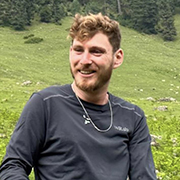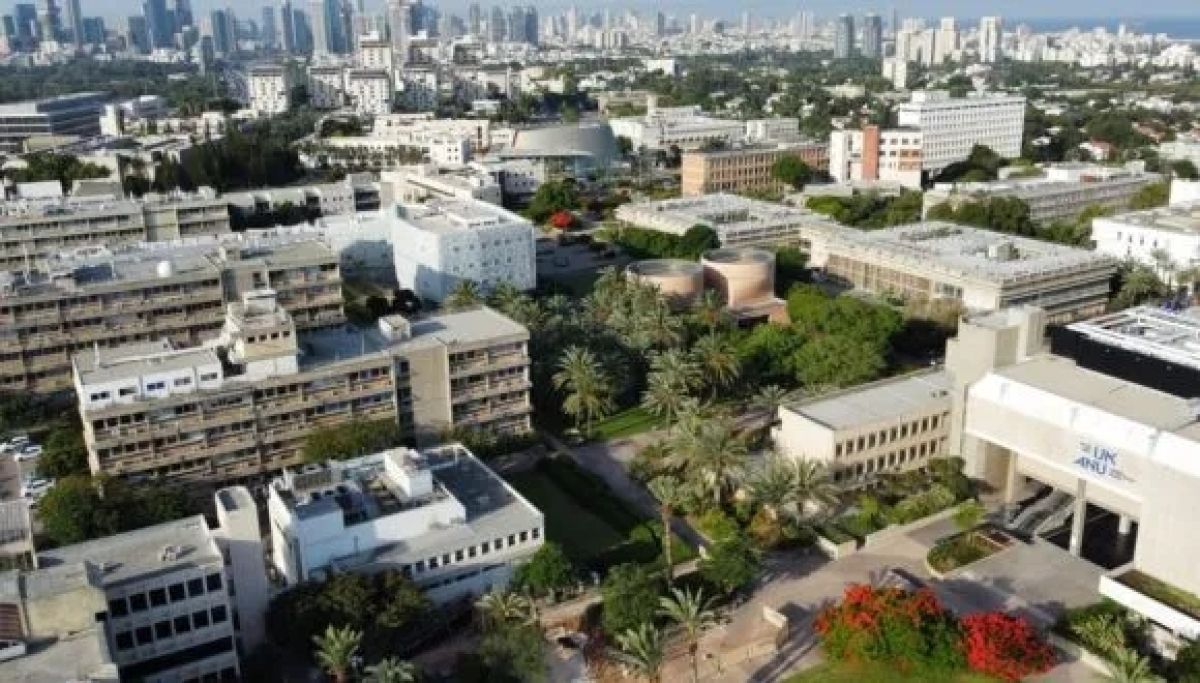Exhibit at Tel Aviv University: UNITED AGAINST TERRORISM
Pictures of over 1,000 persons abducted, missing, or killed in the Hamas attack were displayed on empty seats in the Smolarz Auditorium at Tel Aviv University.
Under the motto UNITED AGAINST TERRORISM Tel Aviv University held an exhibit on Thursday, Oct. 19, at the Smolarz Auditorium which contains over 1,000 seats. Pictures of all persons abducted, missing, murdered, or killed, both citizens and IDF soldiers, were displayed on the empty seats. The initiative was led by Daniel Zilber, Chair of the TAU Student Union, in collaboration with TAU.
The exhibit is also part of a broad initiative led by Shaked Benafshi, initiator of the students’ public diplomacy war room UNITED AGAINST TERRORISM, which includes dozens of support rallies and exhibits at approximately 20 leading universities in the US and Europe, to assist Israel’s public diplomacy efforts and expose the horrors of the Hamas terror attack. Participating campuses include Harvard, Yale, NYU, MIT, University of Michigan, Columbia, and many others.

Daniel Zilber, Chair of the TAU Student Union: “At this time we are still in the midst of the inferno, in the midst of war. Many of the dead have not been identified yet, the wounded are just beginning to heal, in both body and soul, and our families, our friends, are lost. We are here to try to illustrate, even slightly, the extent of the horror, and show the world: we have been butchered. This is neither a slogan nor a cliché: Despite the carnage, we shall triumph. Despite the disaster, we shall come out stronger. We, the students, the future generation of the state of Israel, will do everything to make sure that such a disaster never happens again, not on our watch!”
Shaked Benafshi, former Chair of the National Union of Israeli Students: “The rallies and exhibits in support of Israel, including the War Room we opened this week, which includes over 100 students all over the world, prove that international solidarity does exist when it comes to unacceptable acts of terrorism. We see students coming together in unprecedented ways, to strengthen Israel’s publicity and stand behind us. Also, since we assume that as time goes by international public opinion will probably turn against Israel, we regard the activities of citizens and students in dozens of countries worldwide as a strategic asset for Israel’s public diplomacy.”
Liyam Chitayat, freshman at MIT: “Our lives have been shattered, divided forever into before and after. We have lost family members, friends, and communities in the worst, most inhuman ways possible. We are conducting this activity to show the faces and stories behind the numbers and stand together openly and proudly. We will not be afraid and will speak out for our brothers and sisters in Israel.”







 imagination by putting the power in their hands,” explains Kahn. “It could be an invaluable tool to help mitigate the impact of trauma-induced nightmares that many of these children may unfortunately experience.”
imagination by putting the power in their hands,” explains Kahn. “It could be an invaluable tool to help mitigate the impact of trauma-induced nightmares that many of these children may unfortunately experience.”














